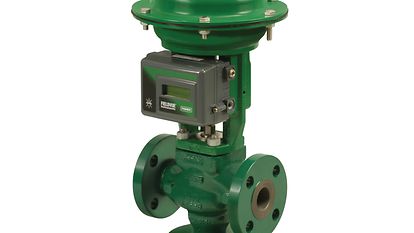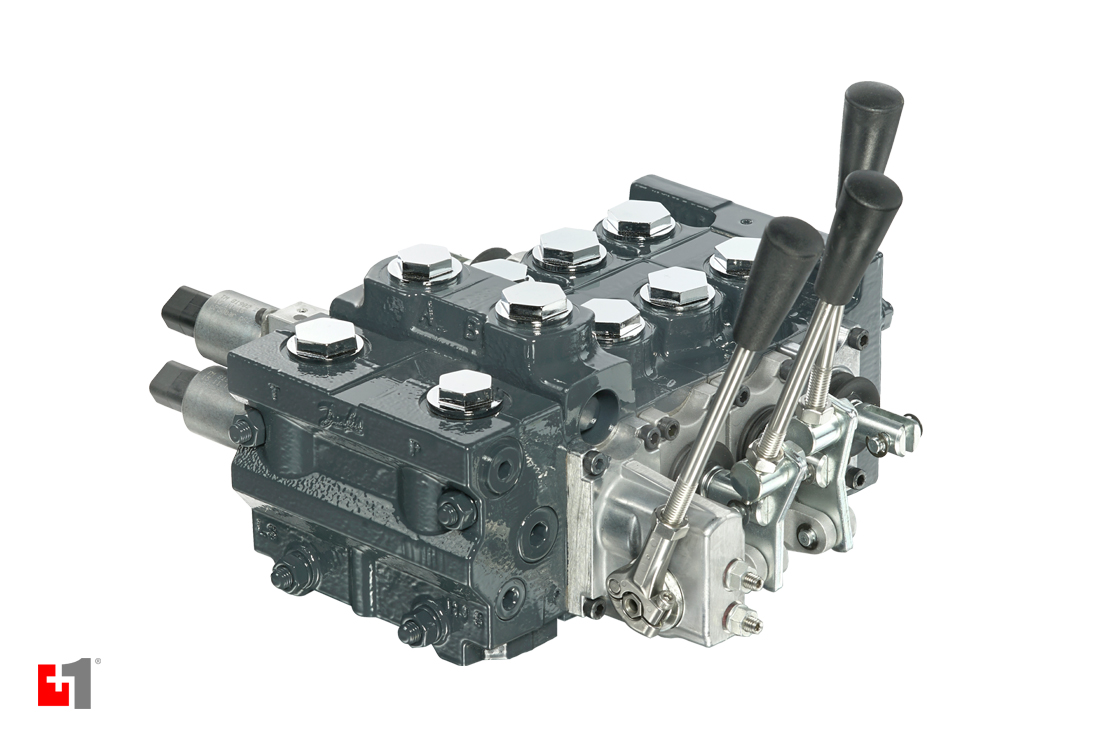
Maximize Power Cost Savings and Convenience With Advanced Building Automation Controls
In the world of modern design and center management, the integration of advanced structure automation manages stands as a pivotal innovation. By harnessing the power of automation, buildings can adjust, react, and evolve in means that were as soon as unimaginable.
Power Efficiency Perks
Power efficiency benefits can dramatically reduce power usage and functional costs in buildings. By applying energy-efficient methods and technologies, building owners and operators can accomplish considerable savings while additionally contributing to environmental sustainability. Among the main benefits of boosting energy efficiency in structures is the reduction of energy costs. Energy-efficient systems, such as sophisticated building automation controls, can optimize the use of sources like heating, air conditioning, and illumination, leading to lower power costs in time.
Additionally, boosted power effectiveness can lengthen the life-span of building devices and systems. By operating much more efficiently, heating and cooling systems, lighting components, and other structure elements experience much less wear and tear, leading to lowered upkeep and substitute expenses. Additionally, energy-efficient buildings typically command higher building values and rental rates, giving lasting monetary advantages to proprietors.
In addition, energy performance can enhance passenger comfort and performance. Appropriately regulated interior settings with optimal lights and thermal problems create a more favorable and enjoyable work space, causing enhanced worker complete satisfaction and performance. Overall, the energy performance advantages related to advanced structure automation controls are diverse, including expense savings, environmental stewardship, and owner wellness.
Improved Comfort Control
Enhancing comfort control in structure atmospheres requires an advanced assimilation of sophisticated automation systems for ideal resident wellness. By making use of innovative building automation controls, facilities can customize the indoor environment to fulfill the certain needs and choices of occupants. These systems enable specific regulation of illumination, temperature, and ventilation, producing a comfy and productive ambience. Occupant complete satisfaction and performance are carefully connected to thermal comfort, making it essential to have systems in location that can adapt to altering conditions in real-time.
Enhanced comfort control goes beyond basic temperature adjustments. It includes functions such as tailored setups, tenancy sensors, and all-natural light use to create a dynamic and responsive setting. By incorporating these innovative controls, structures can not just enhance comfort however likewise boost energy efficiency by enhancing system procedures based on actual occupancy and usage patterns. Eventually, prioritizing occupant comfort with innovative automation systems results in a much more delightful and much healthier interior atmosphere.
Functional Effectiveness Improvements

Furthermore, the execution of real-time surveillance and analytics devices enables structure operators to determine energy ineffectiveness and operational anomalies without delay. By continuously monitoring energy use patterns and system performance metrics, modifications can be made in real-time to enhance energy usage and make sure peak functional effectiveness. control valves. In addition, including need feedback methods into structure automation controls can better enhance functional efficiency by dynamically adjusting energy use based on grid problems and rates signals
Indoor Climate Optimization
Efficient indoor climate optimization is an essential element of structure automation controls, ensuring residents' convenience and wellness while maximizing power savings. By using sophisticated sensors and controls, building automation systems can continuously monitor and readjust temperature level, humidity levels, air high quality, and air flow to create an optimum interior setting. Maintaining regular and comfy conditions not just boosts resident contentment however likewise increases efficiency and overall health.
Indoor climate optimization also plays a critical duty in power effectiveness. By fine-tuning cooling, air flow, and home heating systems based on real-time information and occupancy patterns, developing automation controls can significantly reduce energy consumption - control valves. As an example, executing methods such as demand-controlled air flow this link and thermal zoning can aid reduce power waste while making certain that each area of the building receives the required conditioning.

Lasting Environment Production
Building automation regulates not only optimize indoor climate problems for energy effectiveness and passenger comfort however also lay the foundation for developing a sustainable atmosphere via tactical monitoring of sources and systems. By incorporating innovative structure automation innovations, such as sensing units, actuators, and smart software program, centers can keep an eye on and adjust power use in real-time to reduce waste and reduce their carbon impact. These systems allow predictive upkeep, identifying potential issues prior to they intensify and enhancing devices efficiency to enhance longevity and effectiveness.
Moreover, sustainable environment creation expands past energy administration to incorporate water preservation, waste reduction, and indoor air high quality renovation. Building automation controls can control water use, discover leaks, and make certain correct waste disposal methods, contributing to overall sustainability initiatives. Furthermore, by managing and monitoring air flow and filtration systems, these modern technologies boost occupant wellness and productivity while lowering power intake linked with cooling and heating operations.
Final Thought
Finally, progressed structure automation regulates offer significant advantages in terms of energy financial savings, convenience control, functional effectiveness, indoor environment optimization, and developing a lasting environment. By executing these controls, buildings can attain optimum performance while decreasing energy intake and boosting passenger convenience. It is evident that using advanced automation modern technology is vital in improving structure performance and producing an extra sustainable future.
Power effectiveness advantages can significantly reduce energy consumption and operational costs in buildings. Overall, the power effectiveness benefits associated with advanced structure automation controls are diverse, incorporating price savings, environmental stewardship, and passenger visit homepage wellness.
In addition, integrating demand feedback approaches right into building automation controls can better enhance functional link effectiveness by dynamically changing power usage based on grid problems and prices signals.
Building automation regulates not just enhance indoor climate conditions for energy efficiency and owner comfort yet additionally lay the structure for developing a sustainable environment via critical monitoring of systems and resources.In verdict, progressed building automation controls offer significant advantages in terms of energy cost savings, convenience control, functional efficiency, indoor environment optimization, and creating a sustainable setting.
Comments on “How Control Valves Effect Energy Performance in Industrial Settings”